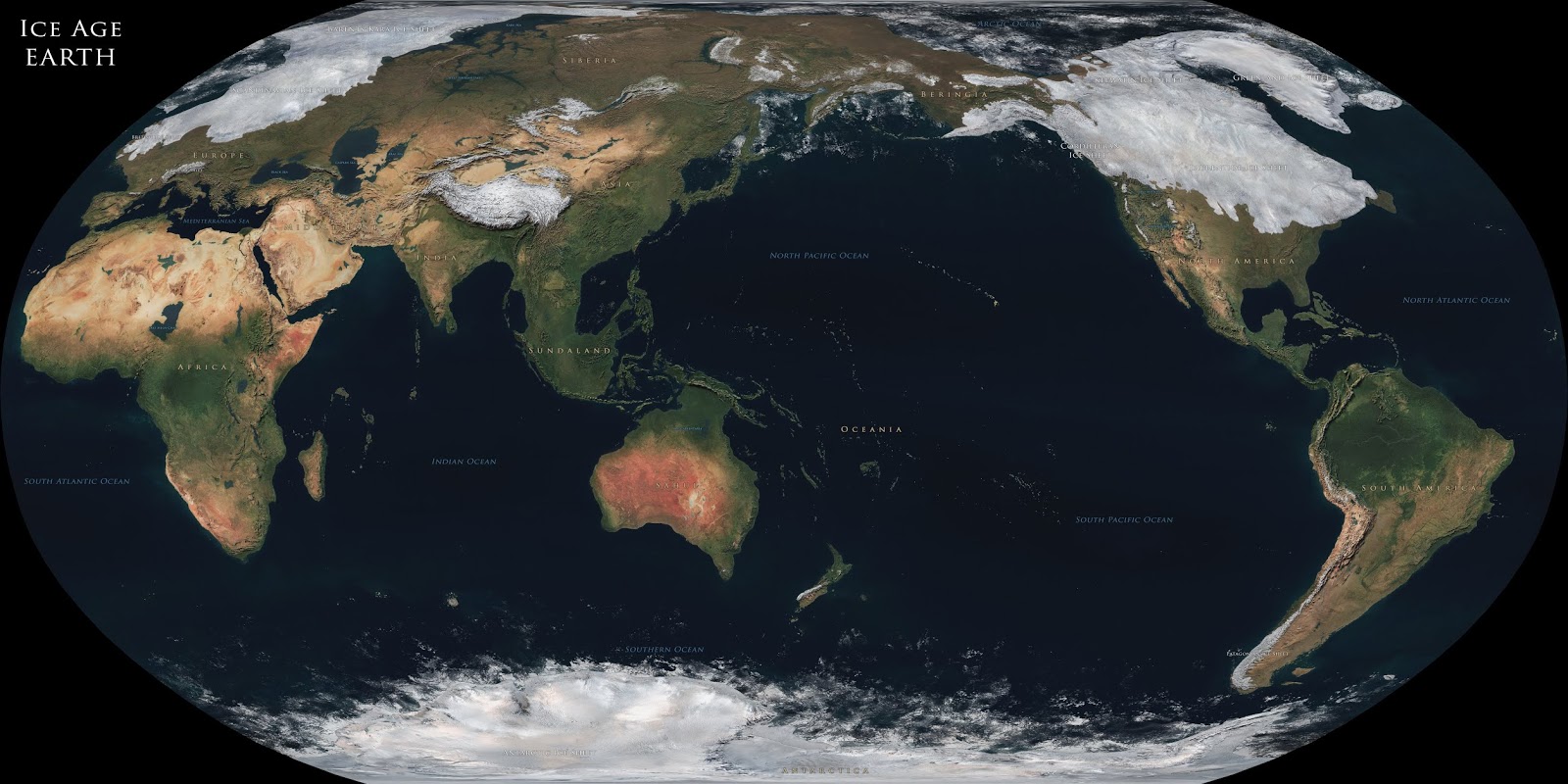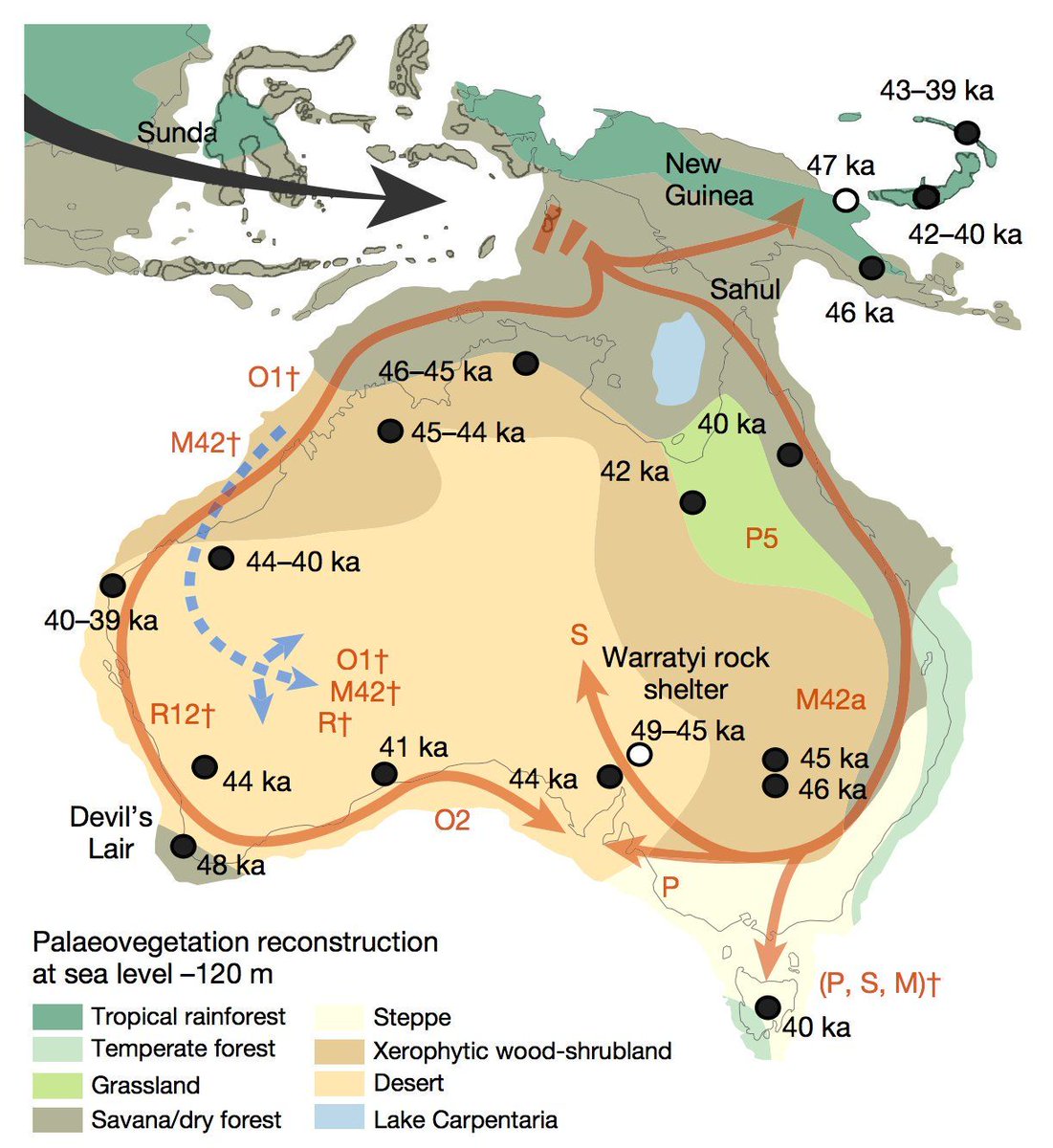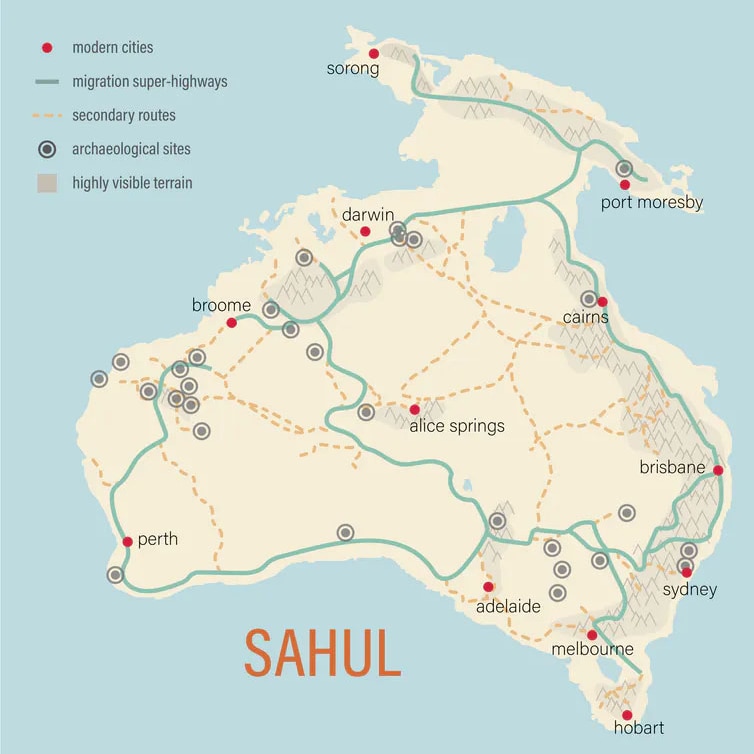SinghSong
Petty Officer 2nd Class
Posts: 44 
Likes: 51
|
Post by SinghSong on Oct 12, 2021 16:29:00 GMT
When it comes to civilisation, I tend towards the old school definition used by Michael Wood and others - life in cities. Whilst the New Guinea natives grew crops, they never made that jump from the Neolithic era in other ways. For that reason, and the limitations outlined by Diamond in Guns, Germs and Steel, I don’t view them as a cradle of civilisation so much as a cradle of crop species. I've read Guns, Germs and Steel in full, though, and several of Jared Diamond's assertions and assumptions made in it, particularly with regards to New Guinea, have been revealed over the course of the past couple of decades to have been flawed or false. For instance, he asserted that "Of all the plant species in the world, only a limited number are possible, or useful, to domesticate", and that most or all of these species were native to Europe and Asia – "species like wheat, barley and rice, which grew wild in abundance in only these parts of the world. Two more species are native to Tropical Africa (sorghum and yams) while only one is native to the Americas (corn), and to Papua New Guinea (taro). Not a single domesticable plant grows wild in Australia". When of course, this is incredibly flawed, and false- Australia has four species of native or 'wild' rice, with Australian native rices (Oryza rufipogon and O meridionalis) having been an abundant and widespread resource, historically consumed on floodplains across monsoonal northern Australia (and the Trans-Fly Savanna monsoonal region of Southern New Guinea, which prehistorically used to be adjoined via the Arafura Plains, arguably the world's most hospitable and ideal cradle of civilization during the last Ice Age). Also worth mentioning, BTW- this was the world map back then, in the Neolithic:      Ask yourself, then- if one were looking for a 'cradle of civilization' in this time period, would you really look to Egypt, Mesopotamia, the Indus Valley, Mesoamerica, or even to Peru or China? Because pretty much all of these were desert or semi-arid wastelands back then, remember. The best location for a 'cradle of civilization' in prehistorical Sahul's plainly obvious, even more so once you realize that the northern section of the continent was the only part with volcanic activity (and fertile soils), received more than half of its rainfall, and was also the center of diversity of its domesticable cereal crop species (including the aforementioned indigenous rice species, and 17 of the 25 species of Sorghum, the 5th most important cereal crop grown in the world today). Unfortunately for whoever chose to try and establish any cities there, though, global warming and sea level rises pretty much wiped out all of the prime flat-land real estate, with Rote Island being one of the last tiny relicts of this once vast cradle of civilization which still survives. |
|
|
|
Post by simon darkshade on Oct 12, 2021 16:49:12 GMT
The issue with an older rise of Civ in that window at the end of the last Ice Age is that the ideal locations - Sahul, Sundaland, coastal India and the Mississippi Valley - end up copping the primordial flooding. It would not surprise me if they did grow up in those places in some way, shape or form. We don’t know everything.
What I do know about Australian wild rices is that they are harder to mill and labour intensive to sort after that. It would take time to domesticate into the types of rice that worked so well up north in China etc. It didn’t get that time and the prime land was drowned.
A cradle is no good if it lets the water in and baby goes bye bye. This for me rules out the great places for a putative antediluvian proto-Civ.
After that point, New Guinea is in the backside of nowhere, compared to the great Old World civs and those in the Americas.
|
|
belushitd
Warrant Officer
Posts: 205
Likes: 258
|
Post by belushitd on Oct 13, 2021 16:51:47 GMT
There's a major difference between the last glacial maximum (~20K years ago) and the timeframe I believe we're talking about, which is 5 to 10K years ago.
Also, there's a reason that civilization didn't arise at the last glacial maximum.
Belushi TD
|
|
|
|
Post by simon darkshade on Oct 13, 2021 17:52:27 GMT
Yes, something happened around the time of the Younger Dryas that dropped temps dramatically and kickstarted the Neolithic Revolution in the Near East.
|
|
dalecoz
Petty Officer 2nd Class
Posts: 28 
Likes: 5
|
Post by dalecoz on Oct 23, 2021 16:03:11 GMT
Many years ago, I did two variations on New Guinea highland culture doing a huge, early expansion. One involved a medium-sized Diprotodon surviving long enough to domesticated and providing a kickstart to push the highlands into expansion mode. The other involved dwarf Stegodonts reaching New Guinea/Australia and playing the same role. A quick online search says that the diprodon version is still online and readable, though It looks very nineties, which it was. I can’t find the “Elephants in Australia” version in a quick search. The Diprodont version is at www.dalecozort.com/alt1098.htm and is titled New Guinea Takes Over the World (Sort Of). New Guinea Takes Over the World |
|
dalecoz
Petty Officer 2nd Class
Posts: 28 
Likes: 5
|
Post by dalecoz on Oct 23, 2021 16:43:40 GMT
I think that one of the earlier posts sort of hinted at this, but I suspect that in some ways the cradles of civilization date back before agriculture and, in the Old World are now mostly submerged on the continental shelves of Europe and Asia.
Reasoning: Settled and complex societies based mostly on aquatic resources arose at least three times in North America—Pacific Northeast, Louisiana, and to some extent the Chumash in California. Those cultures were based on very favorable local environments, usually on river deltas, and had difficulty spreading, but developed much of the hardware and social structures that fit well in agricultural societies. If similar societies existed at the mouths of big European and Asian rivers, they would currently be underwater, on the continental shelves. The cultures would have been displaced, either upriver or inland, only surviving as relatively high cultures if new areas with the right characteristics quickly formed upriver or they could adapt to a new primary food source—initially large scale grain harvesting and storage but naturally shading toward agriculture.
So, for cradles of civilization, I would look for large ice age rivers which are now submerged, but adjacent to areas where large-scale gathering of seeds were available. By the way, those seeds became a much more valuable food source when humans developed good storage—pottery or some of the more elaborate baskets and techniques for grinding the dried seeds. From old and possibly faulty memory, seed grinding dated to around 14,000 years ago, give or take a couple thousand
So, reasonable guess: large settled cultures developed at the mouths of rivers during the Ice Age, then, in a few places, were able to transition from aquatic cultures to proto-agricultural ones rather than being forced back into lower populations and nomadic hunter gathering.
|
|








